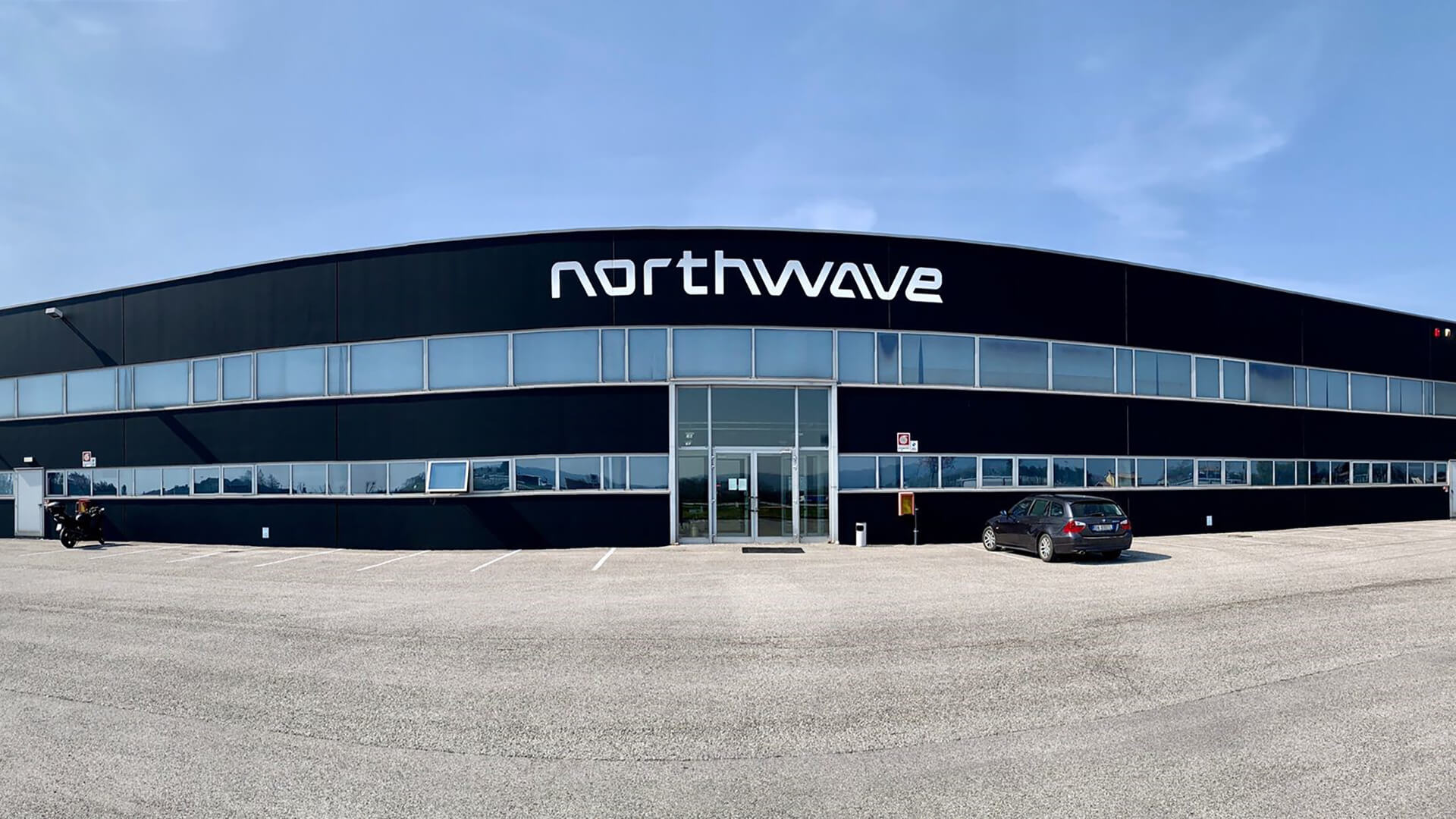S&OP and IBP in comparison: what are the differences and similarities?
Effective planning is essential for companies to be able to adapt value chains to volatile markets. In supply chain management in particular, a cross-functional process is necessary to coordinate supply and demand and all parties involved. Supply chain planning, inventory management and other supply chain management functions are often planned and implemented independently of each other. Sales & Operations Planning and Integrated Business Planning have established themselves as planning approaches at this point. In this blog post, we will explain the differences, similarities and potential of the two approaches.
Both Sales and Operations Planning (S&OP) and Integrated Business Planning (IBP) are used in corporate management to coordinate demand and supply throughout the company. Both processes combine elements from different business areas, such as finance, supply chain management, sales, operations, etc., to ensure that the most important areas of the company work together and make joint decisions. In a business context, the distinction between S&OP and IBP has been debated for some time. One side sees no differences between S&OP and IBP, while others believe that the two concepts have some key differences and that the IBP approach builds on S&OP. Before these differences can be discussed, both terms must first be defined.
What is Sales & Operations Planning?
The term Sales & Operations Planning was introduced in 1988 by the US-Americans Walter Goddard and Richard Link. S&OP is defined as a business management process that better aligns supply and demand within a company. S&OP helps companies to link the operational areas of the company, such as production, sales and purchasing, with the strategic areas. By connecting everyone involved, Sales and Operations Planning promotes better collaboration between the different departments to achieve balanced and effective business planning. The purpose of S&OP is to ensure that a company's sales planning is in line with production planning and that inventory levels are optimally aligned with customer demand. S&OP also serves to optimize decision making and decision quality. In practice, Sales & Operations Planning is a tactical monthly process with a medium-term planning horizon.
What is Integrated Business Planning?
Oliver Wight sees IBP as a further development of S&OP. He defines Integrated Business Planning as a process that has been developed for effective decision-making and is guided by the management level of a company. It is therefore a holistic approach to corporate planning. In contrast to S&OP, IBP takes into account not only sales planning and production planning, but also all other business areas such as finance, marketing and supply chain management. The primary goal of IBP is to integrate all aspects of business planning in order to align the strategic plan with the company's goals. Typically, IBP is conducted on a quarterly basis and involves stakeholders from all areas of the company, including sales staff, demand planners, marketing staff and other decision makers. In addition, IBP aims to provide a holistic view of business performance and ensure that all areas of the business are aligned towards common goals.
Differences between S&OP and IBP
 The main difference between the two approaches lies in the scope of the respective planning processes. The classic S&OP approach is mostly limited to sales and production planning, whereas IBP takes a more comprehensive and integrated approach to strategic planning. In addition to sales and production planning, IBP also includes other aspects of the company, such as finance, marketing and strategic corporate planning.
The main difference between the two approaches lies in the scope of the respective planning processes. The classic S&OP approach is mostly limited to sales and production planning, whereas IBP takes a more comprehensive and integrated approach to strategic planning. In addition to sales and production planning, IBP also includes other aspects of the company, such as finance, marketing and strategic corporate planning.
In an S&OP approach, the primary goal is to match customer demand with inventory levels in order to optimize profitability. Integrated Business Planning, on the other hand, aims to align all departments and stakeholders around common goals, including sales targets, profitability and customer satisfaction. IBP also takes a longer-term view of the business, usually over a period of two to five years, while S&OP generally focuses on shorter planning horizons of 6 to 12 months.
Another key difference between S&OP and IBP is the maturity of the planning process. S&OP is generally seen as a more tactical, short-term planning process that focuses on operational execution. IBP, on the other hand, is more strategic and long-term and focuses on the alignment of the entire organization towards common goals.
When comparing S&OP and IBP, the following main issues are usually discussed:
- Scope: S&OP generally focuses on aligning sales and operational plans to meet short to medium-term needs. In contrast, IBP is a more comprehensive approach that incorporates long-term business objectives, financial planning, strategic planning and risk management into the supply chain reconciliation process.
- Time horizon: S&OP usually covers a time horizon of 6-12 months, while IBP covers a longer-term time horizon of 2-5 years or more.
- Integration: IBP aims to integrate various functions across the business, including finance, sales, operations and supply chain management. In contrast, S&OP is often limited to the sales and operations functions.
- Decision making: IBP involves more high-level decision-making and cross-functional collaboration than S&OP, which is often led by middle management.
- Continuous improvement: IBP is a continuous improvement process that adapts to changing market conditions and business goals, while S&OP is a rigid process with a fixed timeline.
To summarize, while S&OP and IBP are related processes, IBP is a more comprehensive and strategic approach to aligning supply chain processes with business objectives, while S&OP is a more tactical approach that focuses on meeting short to medium-term needs.
Advantages of Sales and Operations Planning and Integrated Business Planning
- Increased efficiency: Both S&OP and IBP help to optimize business operations and reduce inefficient processes.
- Market responsiveness: Both processes enable companies to react faster and more effectively to market changes.
- Optimized resource allocation: While S&OP's resource allocation optimization focuses on resources and capacities within logistics and production, IBP helps companies to optimize their resources along the entire supply chain and within the rest of the company in harmony.
- Better forecasting accuracy: Both S&OP and IBP use data analytics to make accurate predictions about future demand and the associated stocking of goods. This allows companies to better align their production and inventory levels with demand and reduce the risk of stock-outs or overstocks.
- Lower costs: By improving forecasting accuracy and reducing stock-outs, companies can lower their inventory costs. This inevitably leads to reduced opportunity costs and lower capital commitment.
- Maximize visibility: By aligning sales and production schedules, companies gain better insight into their supply chain processes, including the availability of raw materials, production capacity and inventory levels. This transparency can help them make more informed decisions about production planning, procurement and logistics.
- Facilitating collaboration: Both processes require cross-functional collaboration between different departments. This helps to break down silos and improve communication. Overall, S&OP and IBP can lead to more effective decision making and better results, thanks to a guided workflow system.
- Improved customer service: By aligning the supply chain with customer demand, companies can improve their performance and provide better customer service. This can help increase customer loyalty and boost sales.
Overall, S&OP or IBP can help companies improve operational efficiency, reduce costs and better meet customer demand, which can lead to higher profitability and growth.
Should a company implement both S&OP and IBP processes?
Whether only one of the two processes or a joint implementation of S&OP and IBP processes makes sense depends on the specific business needs and goals of the organization. Although both processes have common objectives, they differ in scope, time horizon and degree of integration.
 In general, S&OP is a more tactical process that focuses on short- to medium-term sales and operations planning. IBP hinges on a more comprehensive and strategic process that includes long-term financial planning, risk management and scenario analysis.
In general, S&OP is a more tactical process that focuses on short- to medium-term sales and operations planning. IBP hinges on a more comprehensive and strategic process that includes long-term financial planning, risk management and scenario analysis.
For companies with complex supply chains and multiple product lines, a joint implementation of S&OP and IBP can be beneficial. S&OP can help such companies better manage short-term demand fluctuations and operational constraints, while IBP can help align supply chain processes with long-term business goals and mitigate risks.
Conclusion
In summary, both S&OP and IBP play a crucial role in optimizing business processes. S&OP focuses more on optimizing the balance between supply and demand. IBP, on the other hand, focuses on integrating not only the operational level, but also the financial and strategic corporate goals into the planning process. IBP can therefore be seen as a further development of S&OP. The choice between S&OP and IBP depends heavily on the specific needs and objectives of the company. If a company wants more proactive and comprehensive planning, IBP is usually the better choice. For small and medium-sized companies in particular, S&OP offers a better starting point than IBP. Regardless of the process chosen, however, it is essential that the entire management level is behind the process and promotes a culture of continuous improvement and adaptability to ensure the long-term success of the company.
Do you have questions about S&OP and IBP or would you like to know how you can implement one of the two processes in your company? We will be happy to help you!



